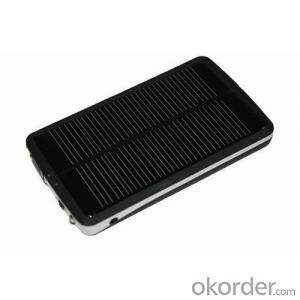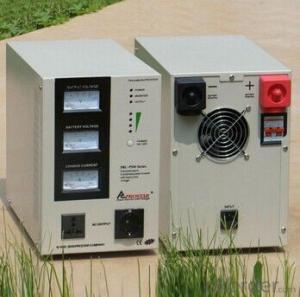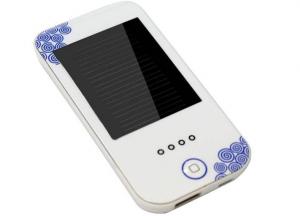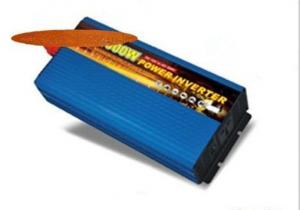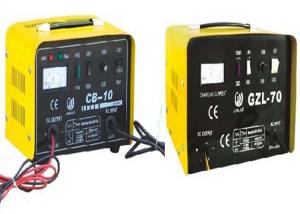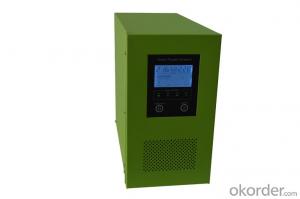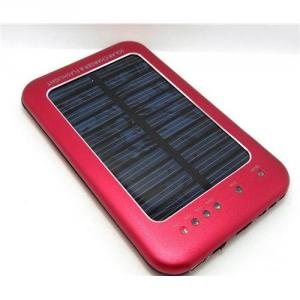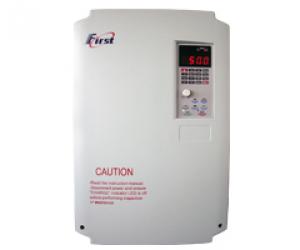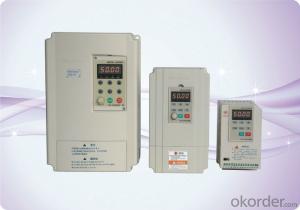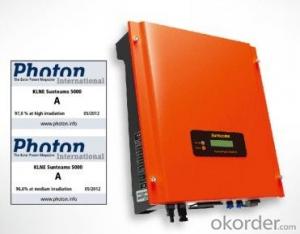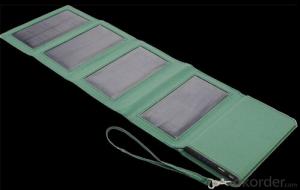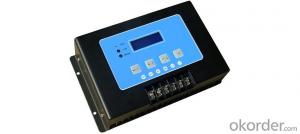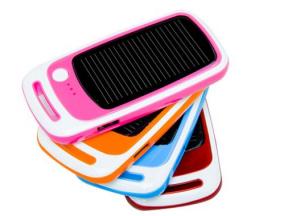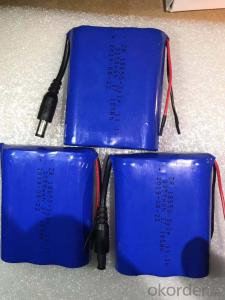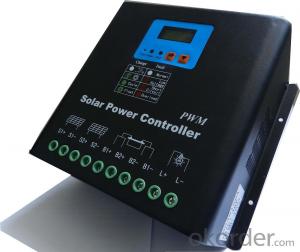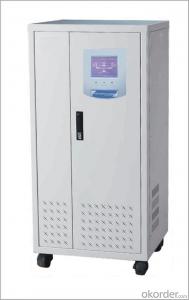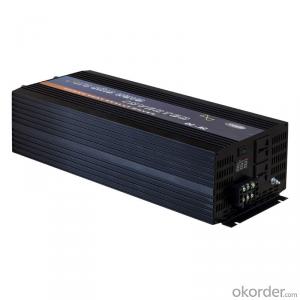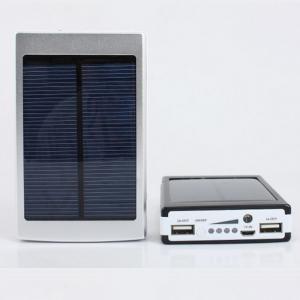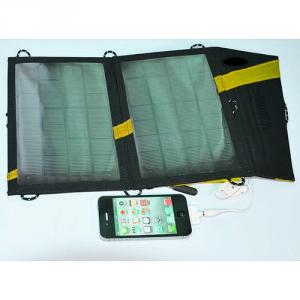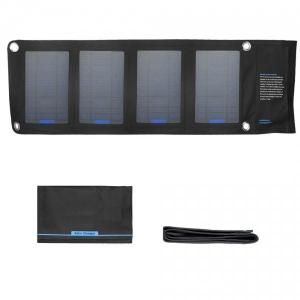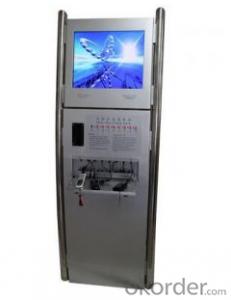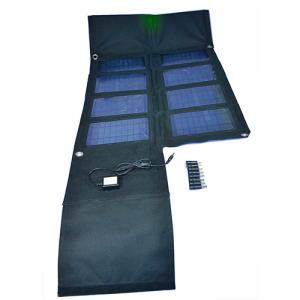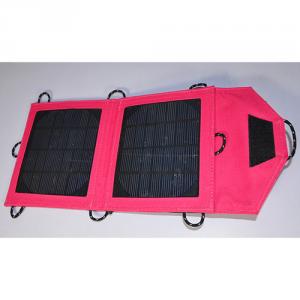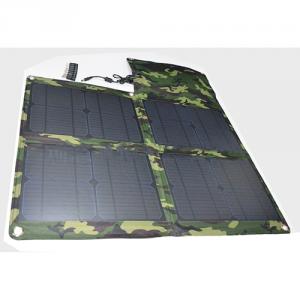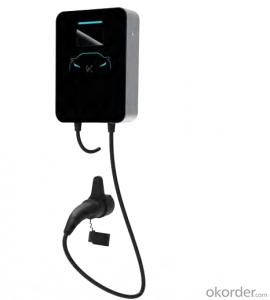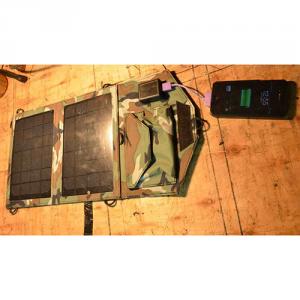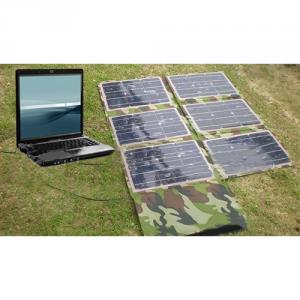Best Solar Inverter Charger
Best Solar Inverter Charger Related Searches
Best Solar Battery Inverter Best Solar Inverter Battery Best Solar Inverter Best Solar Power Inverter Best Inverter Solar Solar Charger For Inverter The Best Solar Inverter Solar Inverter Charger Solar Best Inverter Solar Inverter Best Best Inverter For Solar Solar Power Inverter Charger World Best Solar Inverter Solar Charger With Inverter Best Inverter For Solar System Which Solar Inverter Is Best Best Solar Panel Inverter Best Solar Inverter Generator Solar Inverter Chargers Best Inverter Solar System Best Solar Hybrid Inverter Solar Inverter Charger Price Best Solar Inverter Brands Best Solar Inverter For Home Best Inverter Solar Panel 12v Solar Inverter Charger Charge Inverter Battery Solar Inverter With Solar Charger Best Home Solar Inverter Best Inverter For Solar PanelsBest Solar Inverter Charger Supplier & Manufacturer from China
Best Solar Inverter Charger is a versatile product that combines the functionality of a solar charger and an inverter into one compact device. This innovative technology allows users to harness the power of the sun to charge their electronic devices, making it an ideal solution for outdoor enthusiasts, emergency preparedness, and off-grid living. The solar inverter charger is designed to convert the direct current (DC) power generated by solar panels into alternating current (AC) power, which can then be used to charge or power a wide range of household and portable electronics.The application and usage scenarios for Best Solar Inverter Charger are vast, making it an essential tool for various situations. Whether you're camping, boating, or simply looking for a backup power source during a power outage, this product ensures that your devices stay charged and functional. It is also highly beneficial in remote areas where access to electricity is limited or unreliable, providing a sustainable and eco-friendly power solution. Additionally, it can be used in conjunction with solar panel systems to power homes, businesses, and other establishments off the grid, reducing reliance on fossil fuels and promoting energy independence.
Okorder.com is a reputable wholesale supplier of Best Solar Inverter Charger, offering a large inventory to meet the demands of various customers. With a commitment to quality and customer satisfaction, Okorder.com ensures that each Best Solar Inverter Charger is manufactured to the highest standards, providing reliable and efficient power solutions for a wide range of applications. By partnering with Okorder.com, customers can enjoy competitive pricing, fast shipping, and excellent customer service, making it a trusted source for all their solar inverter charger needs.
Hot Products
